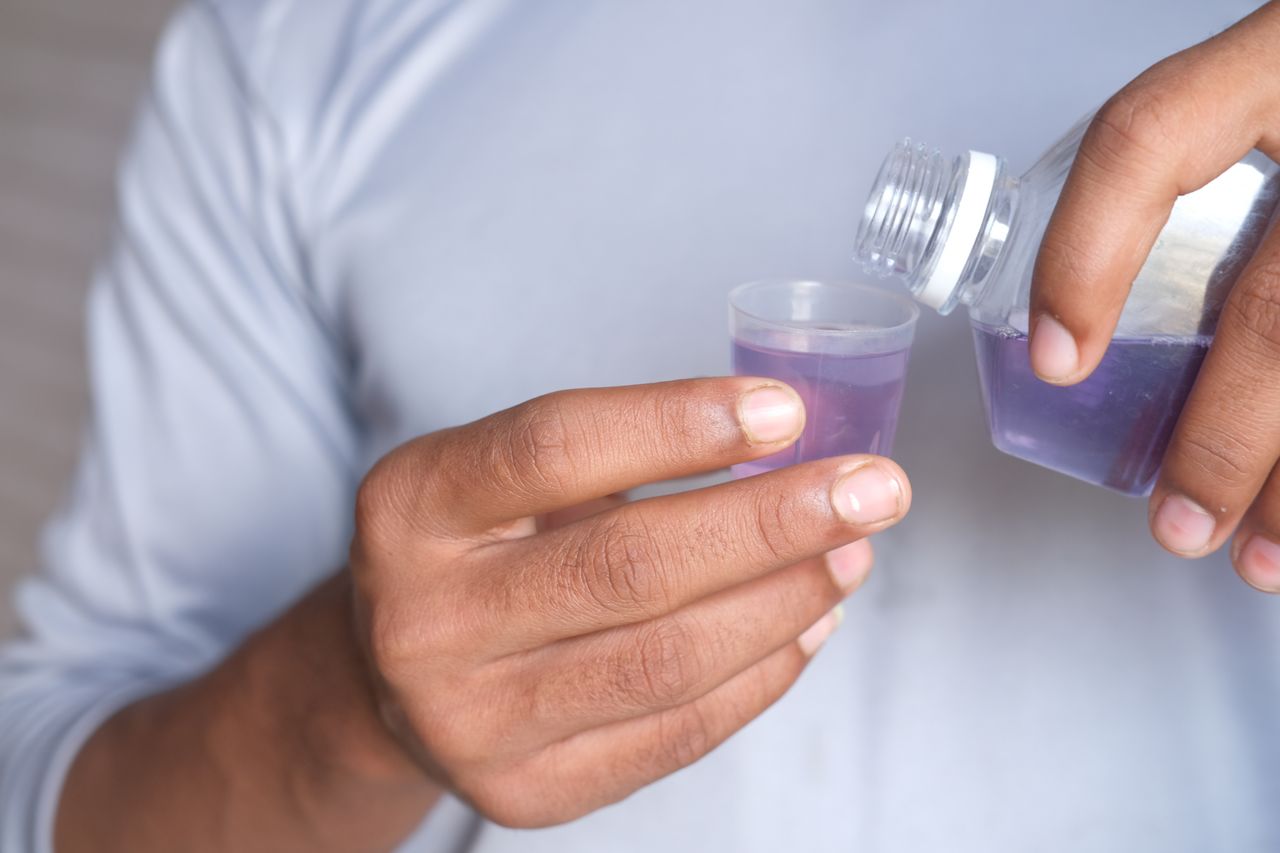
Is Mouthwash Bad For You?
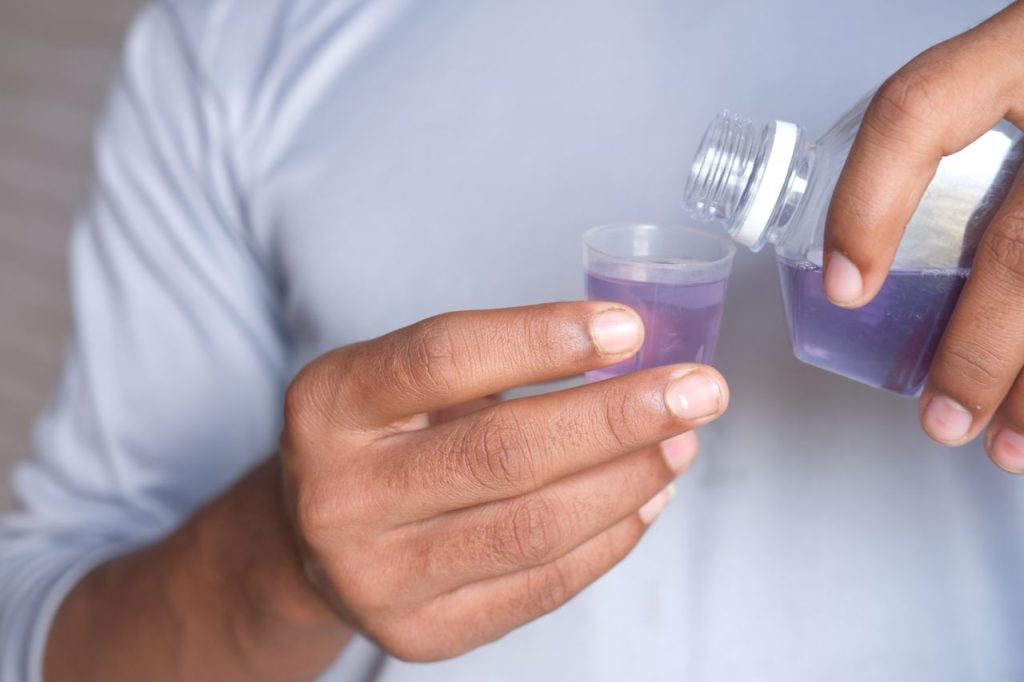

Is Mouthwash Bad For You?
Brush. Floss. Rinse (with mouthwash)—the three steps to good oral health. Or so it’s been ingrained in us since childhood. But while brushing and flossing have earned their reputation as non-negotiables for a healthy smile, the role of mouthwash isn’t as clear-cut. For some, it’s a refreshing final step in their routine, but others wonder if it’s doing more harm than good.
Could mouthwash disrupt the balance of bacteria in your mouth or even affect your health in ways you didn’t expect? In this article, we’ll dig into the facts and explore whether rinsing with mouthwash is a friend or foe to your oral health.
The Problem with Mouthwash

Let’s start by exploring some of the downsides of using mouthwash regularly. To do this, we’ll look at the findings from a meta-analysis of 85 studies exploring adverse events from mouthwash. You may have already noticed some of these, and no, you’re not imagining them.
Mouth irritation and sores
Delicate tissue, called the oral mucosa, lines your mouth. This moist layer covers areas like your cheeks, lips, gums, and tongue, acting as a protective barrier and helping you speak, swallow, and keep out harmful pathogens.
However, this tissue is quite sensitive and can react to certain substances, including ingredients in some mouthwashes. Certain rinses, like those containing cetyl pyridinium chloride, are associated with mouth ulcers. Others, such as triclosan or diclofenac-based mouthwashes, can cause a burning sensation or irritation.
Even fluoride-based rinses aren’t off the hook. Researchers tied them to soreness or small ulcers in some cases. And if you are someone dealing with yeast overgrowth, certain mouthwashes containing magnesium monoperoxyphthalate (MMPP) may irritate already sensitive tissues.
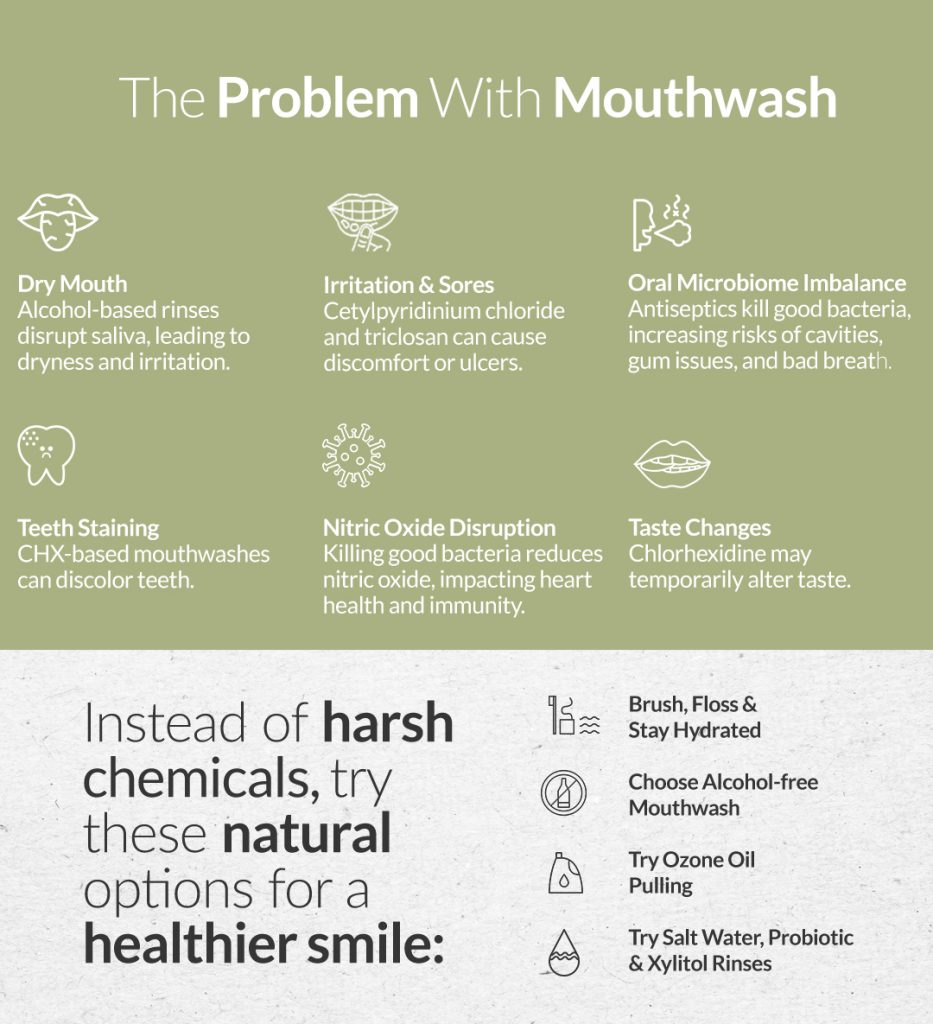
Dry mouth
Researchers also determined that mouthwash containing alcohol is particularly associated with causing dry mouth. Alcohol in mouthwash works by evaporating quickly, which pulls moisture away from the surface of your mouth. This can throw off the natural balance of saliva, which is crucial for keeping your mouth healthy and moist.
Without enough saliva, your mouth loses a vital defense mechanism. Saliva helps with digestion, protects your teeth from decay, and controls bacteria to prevent infections. On top of that, the drying effect of alcohol can irritate the oral mucosa, leaving it more prone to irritation, soreness, and even lesions.
Taste changes
Mouthwash can also irritate the inside of your mouth, which can affect how you taste. When the sensitive tissue in your mouth becomes irritated by certain mouthwash ingredients, it can cause your taste receptors to work differently. This irritation can make your mouth more sensitive, which may lead to strange or stronger taste sensations, making it harder for your taste buds to detect flavors correctly.
The studies found that herbal and essential oil mouthwashes are less likely to cause taste problems than ones with ingredients like chlorhexidine or cetylpyridinium chloride. Interestingly, participants reported taste changes whether they used the mouthwash for a short or long time.
Teeth staining
We often turn to mouthwash as a quick and easy way to keep our teeth looking their best, but the meta-analysis paints a different picture. Teeth staining is one of the most common side effects, especially with mouthwashes that contain chlorhexidine (CHX) and cetylpyridinium chloride. The more you use these products, the more likely you are to notice staining, and longer use seems to increase the severity of the discoloration.
CHX is particularly known for causing teeth staining because it reacts with dietary chromogens—those compounds in food and drinks that can give color to your teeth. This interaction leads to pigmented deposits that can dull your smile.
Users of CHX tend to report more staining than those using other mouthwashes, or even a placebo. However, ingredients like anti-discoloration systems or polyvinylpyrrolidone can help reduce staining while allowing CHX to work.
Compared to mouthwashes with essential oils or natural ingredients, CHX consistently causes more staining. Interestingly, this issue can show up in both short-term and long-term use. Just like taste changes, it doesn’t matter how long you’ve been using the product—staining can still happen.
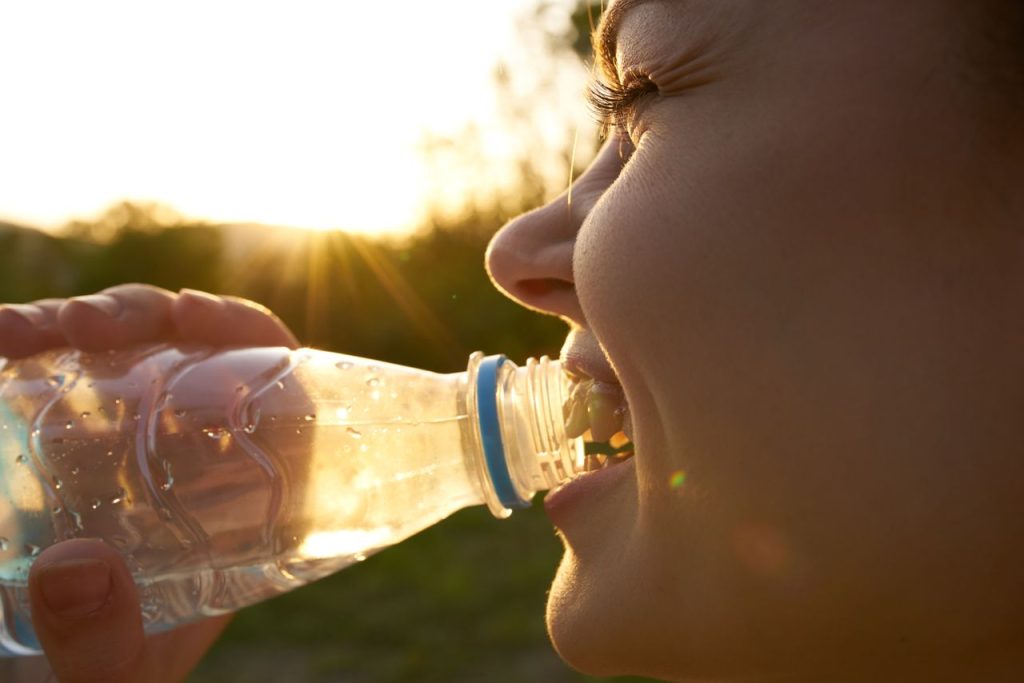
Nitric oxide production
Because mouthwash kills bacteria that produce nitric oxide, consistent use of it for 7 days can reduce nitric oxide production in your mouth by up to 90%. This is a big deal because nitric oxide supports several important functions in the body, including:
- Helping maintain healthy blood pressure and cardiovascular health
- Improving energy production in your mitochondria, the powerhouses of your cells
- Regulating immune function
- Supporting cognitive function
- Improving sexual health
New research suggests that consistent mouthwash use is associated with elevated blood pressure and some other cardiometabolic issues. However, the correlation studies may be far from conclusive that mouthwash causes any diseases.
Learn more about the important role of nitric oxide in your body and how to support healthy levels, including skipping out on mouthwash.
Changes in oral microbiome
Inside your mouth, you have a thriving ecosystem known as the oral microbiome. This diverse community includes:
- Bacteria
- Fungi
- Archaea
- Protozoa
- Viruses
These all live in different areas of your mouth, such as on your teeth, dental implants, and the soft tissues inside your mouth.
The oral microbiome establishes itself within the first year of life and works harmoniously with your immune system to maintain a balance. A balanced oral microbiome includes “good” and “bad” microbes. We need them all—the “bad” ones too.
This balance is crucial because the stability of your oral microbiome plays a key role in oral health and overall wellbeing. Using mouthwash can disrupt this balance by killing both the good and bad. Disrupting this balance can lead to various oral health issues, including cavities, gum irritation, and even bad breath.
So, what ingredients do you need to look out for? Let’s take a more in-depth look at how specific ingredients found in mouthwash can affect the oral microbiome.
What’s in Mouthwash? Ingredients and Their Effect on the Microbiome
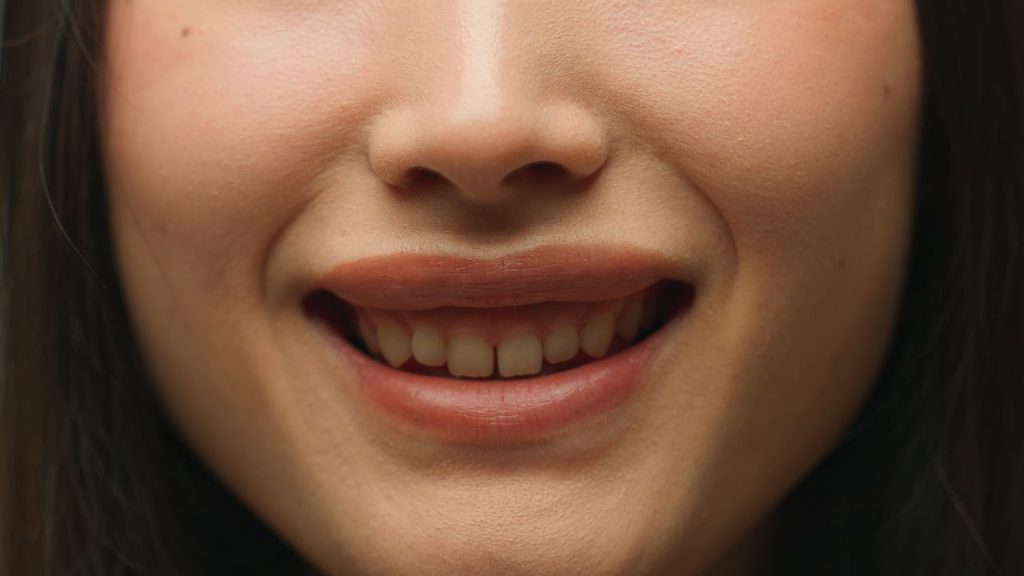
When you reach for a bottle of mouthwash, it’s easy to assume that all the ingredients are working together to keep your mouth fresh and healthy. However, certain ingredients can significantly impact your oral microbiome, potentially disrupting the balance of good bacteria in your mouth. In this section, we’ll dig deeper into the common ingredients found in mouthwash and explore how they can affect the delicate ecosystem inside your mouth.
Sodium Fluoride
Sodium fluoride is a common ingredient in mouthwash. It is known for strengthening tooth enamel and fighting tooth decay. Fortunately, it doesn’t pose significant concern regarding disrupting the oral microbiome.
A study explored how fluoride in sodium fluoride influences the bacteria in your mouth and the loss of minerals from your enamel. Researchers grew biofilms of six different types of bacteria on surfaces that mimic tooth enamel and exposed them to fluoride concentrations and chlorhexidine for comparison. After 64 hours, they measured both bacterial levels and enamel mineral loss.
The results were promising. At higher fluoride concentrations (400 and 1400 ppm), researchers did not observe any significant changes in the number of bacteria or enamel loss. The bacteria produced fewer sticky substances at the highest fluoride level (1400 ppm).
Overall, the study concluded that sodium fluoride helps protect enamel without disrupting the bacteria in your mouth, likely by reducing acid production or the amount of sticky substances the bacteria produce.
Alcohol
We’ve already talked about how alcohol (ethanol) can dry out the mouth, but what does it do to the mouth’s bacteria? Experts agree that alcohol can mess up the balance of the oral microbiome, which may cause oral health problems.
One way alcohol affects the oral microbiome is by killing both good and bad bacteria. However, this mainly comes from studies on drinking alcohol, not from research on alcohol in mouthwash.
A study with over 1,000 adults examined how alcohol affects the mouth’s bacteria. The researchers collected mouthwash samples and looked at the types of bacteria present. They divided the participants by how much alcohol they drank—non-drinkers, moderate drinkers, and heavy drinkers.
The study found big differences between heavy drinkers and non-drinkers. Heavy drinkers had fewer good bacteria, like Lactobacillales, and more bad bacteria, like Actinomyces and Neisseria.
These findings show that alcohol, especially heavy drinking, can throw off the balance of bacteria in the mouth, which can affect both oral and overall health. Although this study focused on drinking alcohol, it suggests that alcohol-based mouthwashes might have similar effects, especially if used often.
Another issue with alcohol mouthwashes is that they cause a quick rise in a substance called acetaldehyde in the saliva.
A study with 16 people tested how different mouthwashes affected acetaldehyde levels. The participants rinsed with mouthwashes containing alcohol, essential oils, cetylpyridinium chloride, or just water. They took saliva samples after rinsing to check acetaldehyde levels.
The levels of acetaldehyde went up quickly after using the alcohol mouthwash, peaking in two minutes before returning to normal by 10 minutes. While all mouthwashes except water caused a rise in acetaldehyde, the alcohol mouthwash caused the highest spike.
The problem is that acetaldehyde is a known substance that can damage DNA and increase the risk of oral cancer.,
Chlorhexidine and other antiseptics
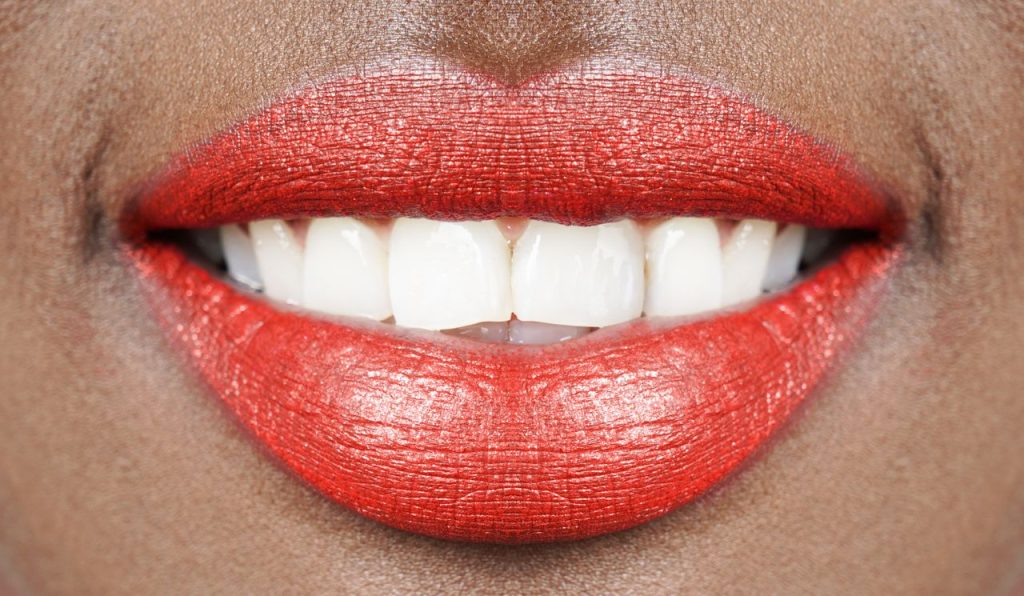
As you’ve probably noticed, chlorhexidine is a strong substance that can cause problems for oral health, especially by affecting the bacteria in your mouth. Since the 1970s, it’s been commonly used in dental care because it kills bacteria and works for a long time. Whilst it’s good at killing bacteria, it can also upset the balance of bacteria in the mouth.
A study with 36 healthy participants examined how chlorhexidine (CHX) mouthwash affects the bacteria in the mouth. The participants first used a placebo mouthwash for 7 days, then switched to CHX mouthwash for another 7 days.
The researchers noticed big changes in the bacteria inside the mouth after using CHX mouthwash. Some types of bacteria, like Firmicutes and Proteobacteria, increased, while others, like Bacteroidetes and Fusobacteria, decreased. The variety of bacteria in the mouth also decreased, meaning the bacteria became less diverse, which shows how CHX can negatively impact the natural balance of bacteria.
Beyond altering the bacterial community, chlorhexidine may also contribute to a bigger problem: antibiotic resistance.
Some bacteria have found ways to fight back by pushing chlorhexidine—and even antibiotics—out of their cells, making them less effective. Others change their cell membranes to stop chlorhexidine from working properly, which also helps them to resist it.
Worse, some bacteria resistant to chlorhexidine can also become resistant to other antibiotics like ampicillin and tetracycline. Some bacteria can even pass their resistance to other bacteria, spreading the problem.
Although most clinical research focuses on chlorhexidine, other antiseptics known to disrupt the oral microbiota include:
- Cetylpyridinium chloride
- Triclosan
- Hydrogen peroxide
- Povidone iodine
Essential Oils
Essential oils are emerging as a promising alternative to the other harsher ingredients covered today.
They seem to promote a more balanced microbiome, rather than indiscriminately killing everything. However, we need more studies to determine their exact effects on the oral microbiome.
One great benefit of mouthwashes with essential oils is that they can break down biofilms. Biofilms are sticky layers that bacteria create to protect themselves. They are more challenging to remove by brushing or rinsing, and over time, they can lead to problems like plaque buildup, cavities, and bad breath.
Essential oils like eucalyptus, clove, or thymol work by breaking down the protective layers that bacteria form, making it easier to remove them. This helps keep the mouth healthier by reducing bad bacteria and preventing them from coming back.
When Should You Use Mouthwash?

While we’ve explored many reasons to be cautious with traditional mouthwash, there are still moments when it can be beneficial or even necessary. Understanding when to use mouthwash can help you maximize its advantages without overdoing it.
Targeted Use for Specific Conditions
Mouthwash can be helpful in certain situations. For example, mouthwash is sometimes recommended before dental procedures to help reduce bacteria in the mouth and prevent infections. Also, mouthwashes with ingredients like chlorhexidine can be helpful for short-term use to address issues like bacterial buildup.
Occasional or Short-Term Use Only
Mouthwash should generally be used on an occasional or short-term basis. While it can offer benefits in specific situations, overuse can disrupt the balance of good bacteria in your mouth, which may lead to other issues. Mouthwash should never be used as a replacement for toothbrushing and flossing. It can be a helpful tool when needed, but it’s important not to rely on it too frequently.
Healthier Alternatives To Mouthwash
If you’re not ready to skip the third step of your oral hygiene routine or want something gentler, there are healthier alternatives to regular mouthwash that can still keep your mouth fresh and clean.
Prioritizing Proper Brushing, Flossing, and Hydration
When it comes to maintaining a healthy mouth, nothing beats the basics—proper brushing, flossing, and staying hydrated. Brushing your teeth twice a day helps remove plaque and prevent cavities, while flossing once a day ensures you clean between your teeth where your brush can’t reach. Hydration is also essential. Drinking enough water helps rinse away food particles and bacteria, which helps keep your mouth healthy.
These habits are the foundation of good oral health. They reduce the need for mouthwash while keeping teeth, gums, and breath in top shape.
Alcohol-Free Options
Start by choosing an alcohol-free mouthwash. Let go of the belief that alcohol in mouthwash offers extra benefits—it could be damaging your oral health. An alcohol-free mouthwash is just as effective at keeping your mouth fresh and healthy.
A study with 370 people compared two types of essential oil mouthwash—one with alcohol and one without—along with regular brushing and flossing.
Researchers divided participants into three groups: one only brushed and flossed, the second used alcohol mouthwash with brushing and flossing, and the third used alcohol-free mouthwash with brushing and flossing.
After six months, both mouthwashes showed a significant reduction in plaque and improved gum health compared to just brushing and flossing. There were no major differences between the alcohol and alcohol-free mouthwashes, and both were well-tolerated by the participants.
The study concluded that both types of mouthwash can help reduce plaque and improve gum health when used with regular brushing and flossing.
Ozone Oil Pulling
You’ve probably heard of oil pulling by now, but have you heard of ozone oil pulling? Ozone-infused oil is a type of oil, like olive oil, treated with ozone gas.
Ozone is a molecule made of three oxygen atoms with strong oxidizing power. It breaks down into unstable oxygen atoms, which are used to create ozonated oils that may have antimicrobial properties that help fight harmful bacteria.
One study looked at three groups of adolescents using different types of mouthwashes: regular sesame oil, ozonated sesame oil, and chlorhexidine for 15 days. Participants swished two teaspoons of oil for 10 minutes daily.
After the trial, researchers found that chlorhexidine and ozonated sesame oil were more effective in reducing plaque than regular sesame oil. Chlorhexidine showed a slight increase in plaque after 30 days. Both ozonated sesame oil and chlorhexidine also had antibacterial effects. All three groups showed significant improvements in oral health.
If ozonated oil offers the same benefits as chlorhexidine without the possible side effects, it might be a better long-term option for maintaining oral health.
Another study compared the effects of ozonated olive oil to extra virgin olive oil on oral hygiene. Participants swished one teaspoon of oil for ten minutes daily. All participants improved their oral health over the three-week study. Those using the ozonated oil experienced a greater reduction in plaque and an increase in overall oral health.
Natural Rinses
Natural rinses can be a gentle yet effective way to support your oral health without relying on harsh chemicals or artificial ingredients. Here are a few options to consider:
Salt Water Rinse
A simple salt water rinse can help reduce bacteria in your mouth. Salt has natural antibacterial properties and can soothe your gums. Dissolve a teaspoon of salt in warm water and swish it around your mouth for about 30 seconds to 1 minute. This gentle, non-irritating alternative can be used daily or as needed.
Probiotic Rinses
Probiotics aren’t just for your gut; they can also support a healthy oral flora. Probiotic mouthwashes, which often include helpful bacteria like Lactobacillus or Bifidobacterium, can help balance the bacteria in your mouth and prevent bad bacteria from growing. These rinses can help promote healthy gums and fresh breath, all while working with your body’s natural defenses.
A study tested a probiotic mouthwash with Lactobacillus salivarius to improve gum health. Researchers split participants into two groups. One group received a probiotic mouthwash and a professional cleaning, while the other got a placebo and a cleaning. After four weeks, the probiotic mouthwash group had less harmful bacteria and healthier gums.
Curious if you can fight bad breath with probiotics? Check out our article to find out more.
Xylitol-Based Products
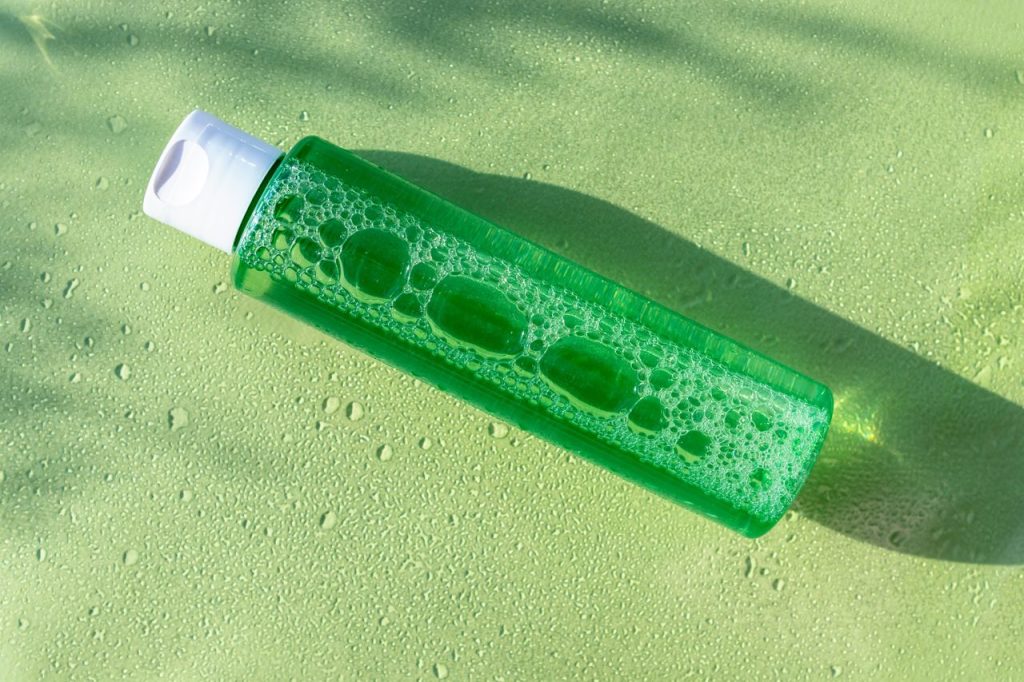
Xylitol, a naturally occurring sugar alcohol, is another ingredient to look for in oral care products. Xylitol reduces cavity-causing bacteria in the mouth and promotes remineralization of tooth enamel. Xylitol-based mouthwashes or rinses can be a sweet-tasting and effective way to support your oral hygiene routine.
A study tested a mouthwash that combined xylitol and sea salt to see if it could reduce the growth of Streptococcus mutans, a bacteria connected to cavities, and improve oral hygiene in teens. Participants used the mouth rinse twice a day for three months.
Researchers checked the amount of bacteria and measured plaque buildup to track the results. The group using the sea salt mouthwash had less S. mutans and better oral hygiene than the placebo group. They also had less plaque at different times throughout the study.
These natural options can be great alternatives to traditional mouthwashes, offering oral care that’s both effective and gentle.
Conclusion
While mouthwash can be helpful in certain situations, regular use may have unintended consequences for oral health. It can disrupt the delicate balance of bacteria in your mouth and cause dryness, irritation, and even changes in taste.
If you want to keep your mouth fresh and healthy, consider focusing on the basics: brushing, flossing, and staying hydrated. When mouthwash is necessary, aim for occasional use and choose gentler alternatives for your oral microbiome. By being mindful of how and when you use mouthwash, you can protect your oral health without compromising your smile.
References
- Tartaglia GM, Tadakamadla SK, Connelly ST, Sforza C, Martín C. Adverse events associated with home use of mouthrinses: a systematic review. Ther Adv Drug Saf. 2019;10:2042098619854881. doi:10.1177/2042098619854881
- Brookes ZLS, Belfield LA, Ashworth A, et al. Effects of chlorhexidine mouthwash on the oral microbiome. J Dent. 2021;113(103768):103768. doi:10.1016/j.jdent.2021.103768
- Joshipura K, Muñoz-Torres F, Fernández-Santiago J, Patel RP, Lopez-Candales A. Over-the-counter mouthwash use, nitric oxide and hypertension risk. Blood Press. 2020;29(2):103-112. doi:10.1080/08037051.2019.1680270
- Brookes Z, Teoh L, Cieplik F, Kumar P. Mouthwash effects on the oral microbiome: Are they good, bad, or balanced? Int Dent J. 2023;73 Suppl 2(Suppl 2):S74-S81. doi:10.1016/j.identj.2023.08.010
- Thurnheer T, Belibasakis GN. Effect of sodium fluoride on oral biofilm microbiota and enamel demineralization. Arch Oral Biol. 2018;89:77-83. doi:10.1016/j.archoralbio.2018.02.010
- Moazzez R, Thompson H, Palmer RM, Wilson RF, Proctor GB, Wade WG. Effect of rinsing with ethanol-containing mouthrinses on the production of salivary acetaldehyde: Ethanol mouthrinses and acetaldehyde. Eur J Oral Sci. 2011;119(6):441-446. doi:10.1111/j.1600-0722.2011.00886.x
- Werner CW de A, Seymour RA. Are alcohol containing mouthwashes safe? Br Dent J. 2009;207(10):E19; discussion 488-489. doi:10.1038/sj.bdj.2009.1014
- Bescos R, Ashworth A, Cutler C, et al. Effects of Chlorhexidine mouthwash on the oral microbiome. Sci Rep. 2020;10(1):5254. doi:10.1038/s41598-020-61912-4
- Brookes Z, McGrath C, McCullough M. Antimicrobial mouthwashes: An overview of mechanisms-what do we still need to know? Int Dent J. 2023;73 Suppl 2:S64-S68. doi:10.1016/j.identj.2023.08.009
- Aires A, Barreto AS, Semedo-Lemsaddek T. Antimicrobial effects of essential oils on oral Microbiota biofilms: The toothbrush in vitro model. Antibiotics (Basel). 2020;10(1):21. doi:10.3390/antibiotics10010021
- Lynch MC, Cortelli SC, McGuire JA, et al. The effects of essential oil mouthrinses with or without alcohol on plaque and gingivitis: a randomized controlled clinical study. BMC Oral Health. 2018;18(1):6. doi:10.1186/s12903-017-0454-6
- Vadhana VC, Sharath A, Geethapriya PR, Vijayasankari V. Effect of sesame oil, ozonated sesame oil, and chlorhexidine mouthwash on oral health status of adolescents: A randomized controlled pilot trial. J Indian Soc Pedod Prev Dent. 2019;37(4):365-371. doi:10.4103/JISPPD.JISPPD_244_19
- Feier R, Sireteanu Cucui RM, Ratiu RF, et al. Comparative study of ozonated Olive oil and extra virgin Olive oil effects on oral hygiene. Appl Sci (Basel). 2023;13(5):2831. doi:10.3390/app13052831
- Sajedinejad N, Paknejad M, Houshmand B, et al. Lactobacillus salivarius NK02: A potent probiotic for clinical application in mouthwash. Probiotics Antimicrob Proteins. 2018;10(3):485-495. doi:10.1007/s12602-017-9296-4
- Ballini A, Cantore S, Signorini L, et al. Efficacy of sea salt-based mouthwash and xylitol in improving oral hygiene among adolescent population: A pilot study. Int J Environ Res Public Health. 2020;18(1):44. doi:10.3390/ijerph18010044
